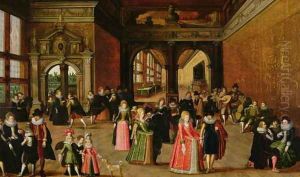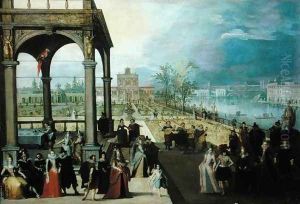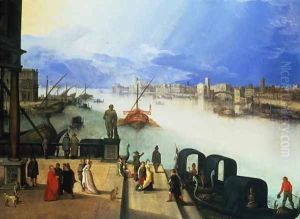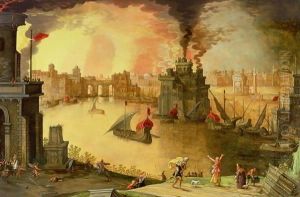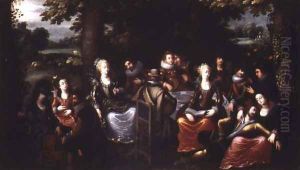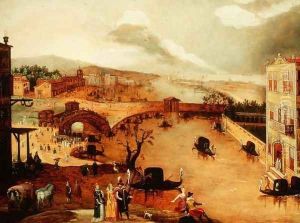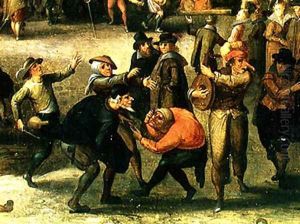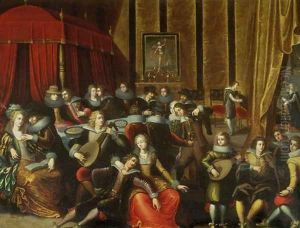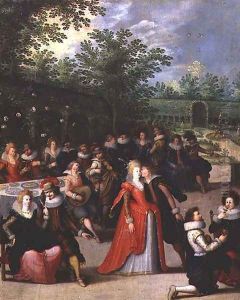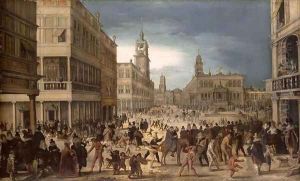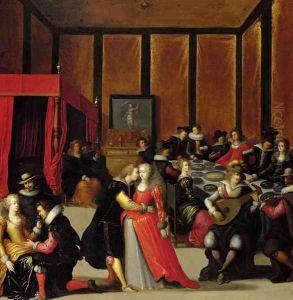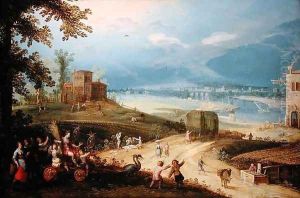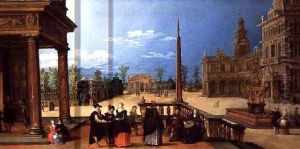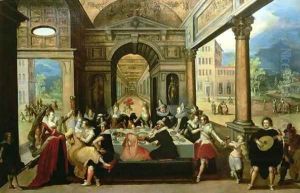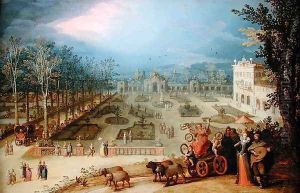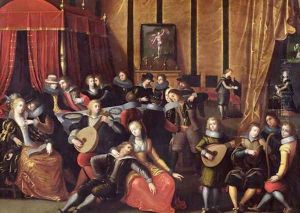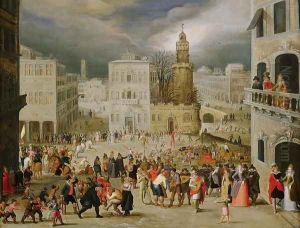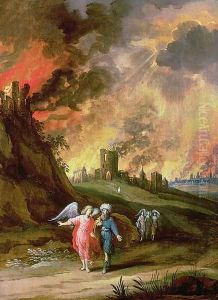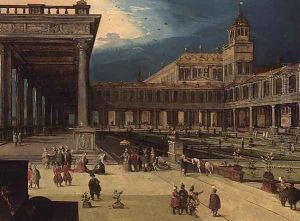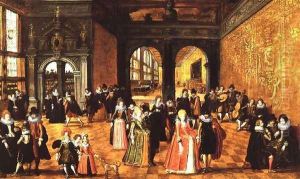Louis de Caulery Paintings
Louis de Caulery was a Flemish painter who was born around 1580 in Caulery, which is now in France. Despite being born in France, he is considered part of the Flemish school because he spent most of his active career in the city of Antwerp, which was a major center for art and commerce in the Southern Netherlands during the late 16th and early 17th centuries.
Louis de Caulery is known for his detailed and often lavish representations of festivals, banquets, and allegorical scenes. His works are characterized by their intricate detail, vibrant colors, and the use of luxurious materials, reflecting the opulent tastes of the time. He was particularly adept at capturing the textures and sheen of fabrics and materials, which added to the overall richness of his paintings.
De Caulery's career flourished in Antwerp, where he became a master in the city's Guild of Saint Luke in 1602. This guild was an association of artists, and becoming a master within it was a significant achievement that allowed de Caulery to establish himself independently and take on pupils. He was influenced by the works of earlier Flemish painters such as Pieter Aertsen and Joachim Beuckelaer, who were known for their detailed still lifes and genre scenes.
Though not as well known today as some of his contemporaries, de Caulery was highly regarded in his time and enjoyed the patronage of wealthy merchants and nobility. His paintings were appreciated for their decorative quality and attention to detail, and they were often commissioned as showpieces for the homes of the affluent.
Louis de Caulery's work encapsulates the transition from the late Renaissance to the early Baroque period in Northern European art. His paintings exhibit a blend of the realistic observation characteristic of the Renaissance and the more dynamic compositions that would come to define the Baroque.
He continued to work and receive commissions until his death in Antwerp in 1621. Today, Louis de Caulery's paintings can be found in various museums and collections around the world, offering a glimpse into the splendor and richness of Flemish art during the turn of the 17th century.
